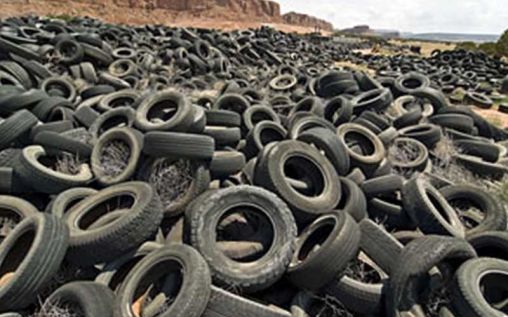General Rules On Buying Tires For Sale
Posted by admin at 18 July 2014, at 17 : 21 PM

It is very practical to buy tires on sale. After all, who does not want to get cheap tires for sale? When rising costs make keeping a car more and more expensive everyday, more affordable tires can mean a lot.
Vehicle owners should install new tires occasionally over the life span of a typical car. Even with newer technologies applied to more enduring car tires, the tread life itself will differ by tire type, car type, road and climate conditions, and driving style. Search for tires that pass standard trials on these main areas: handling, braking, hydroplaning and resistance.
Usually, there will be one or two features that will be particularly impressive, while the others will be of standard quality. For instance, if you drive on rough terrain every weekend or so, then you might want to invest in off road tires or cheap mud tires. Consumers should consider features that best compliment how often and far they drive, where they drive and in what weather, and of course their personal preferences, which may include added security features, indicators, and so on.
Take a look at the manufacturer’s manual. The maker of your vehicle has made a suggestion regarding the type and size of tires that should function ideally with your car. Read the tire code, which would describe the vehicle’s purpose (light truck or passenger), tire width, tire aspect ratio, radial construction, wheel diameter and load index. Ask for help from your local tire center if you’re unsure of the type of features you need.
Always purchase a complete, matching set of tires. It might be cheaper to replace only those tires that seem to be almost giving out, but having all tires replaced equally will help you maintain, check and repair them in a more convenient manner. You’ll have much better safety and improved handling. If you’re concerned about the price, try to purchase new tires online. Company websites usually offer cheap mud tires, A/T or off road tires and a whole lot of other tire types since they can save on overhead and staff expenses.
Installation Tips
If you’re replacing only 2 tires, be certain to have the new tires mounted on your car’s rear axle to get better wet grip. When they are mounted on the rear, it helps lower the probability of your car hydroplaning or fishtailing in wet areas. Ask for some assistance from a friend when you can, but all the work is best left to experts. After all, the tires are the only parts of a vehicle that touch the ground, requiring more care when it comes to installing and maintaining.
How To Maintain Your New Tires
Take a look at the tire pressure on all tires at least on a monthly basis. Avoid over or under inflating. The suggested tire pressure is indicated on the side of the tire and on a stamp on the driver’s side door jamb. 32 lbs. for every square inch is ideal. Have your vehicle aligned if you sense that it drifts in a particular direction while on level road, and if you’ve had any kind of accident, including a fender bender. The wheels should be balanced if you sense a persistent vibration at particular speeds.
The lifespan of tires is typically around 3 to 4 years from the time they were produced and relies on the tire grade and quality. Due to varying road settings and handling patterns, tires may wear out quicker than expected. It may also depend on how they are maintained over time.
